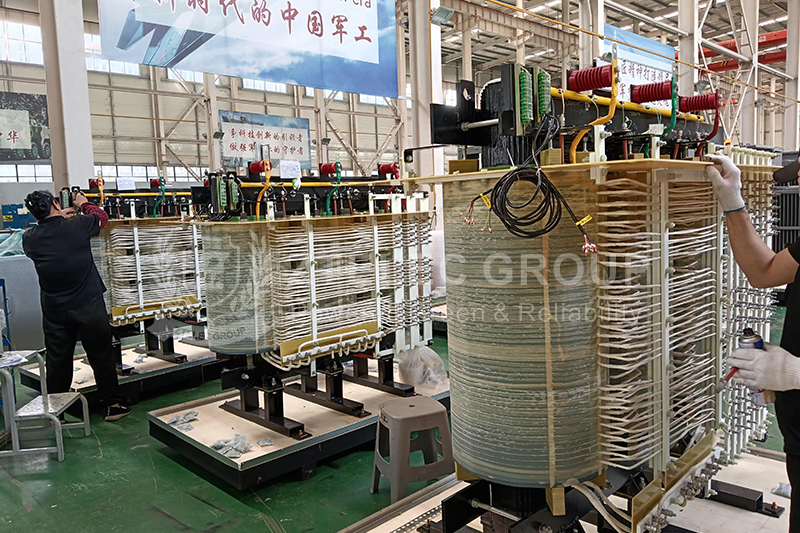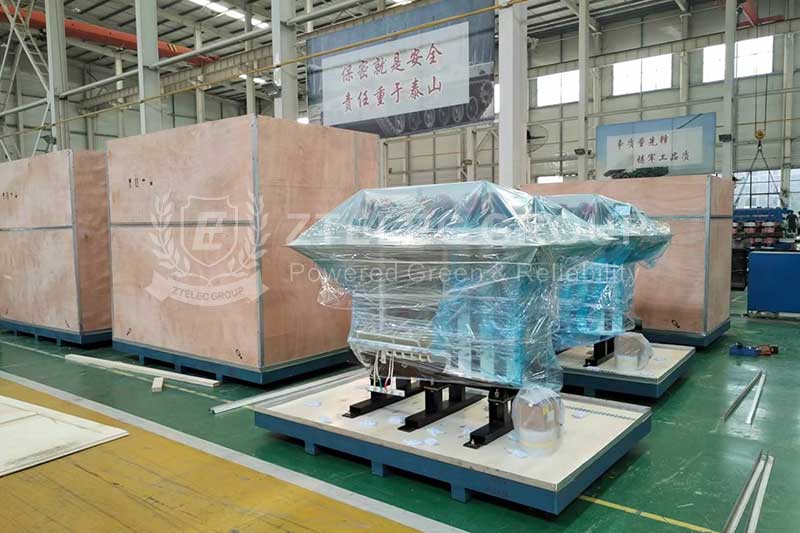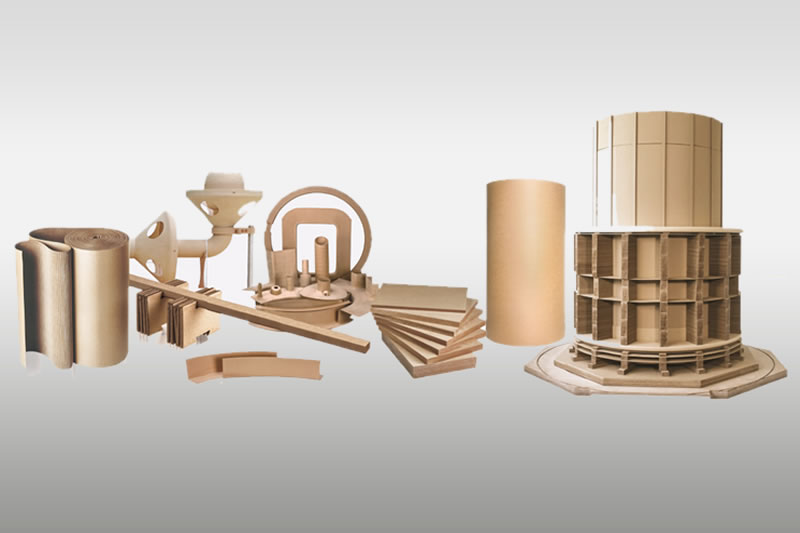What's the Difference Between a Coil and a Transformer?
In electrical engineering and electromagnetics, coils and transformers are fundamental concepts. While they differ in structure and function, they share a close technical relationship. This guide compares them in terms of definition, structure, working principle, and applications, providing a clear understanding for engineers, students, and industry professionals.

1. Definition and Structure
Coils – The Basic Unit of Electromagnetic Components
A coil is an electromagnetic component made from conductive material—usually copper wire, sometimes aluminum—wound into a spiral, ring, or other regular shape. It is the fundamental building block for electromagnetic energy conversion.
Structural Features: Coils can be single-layer, multi-layer, or honeycomb-wound depending on application. Coils without a magnetic core are called air-core coils and are common in high-frequency circuits like RF antennas. Coils with a magnetic core—iron-core coils—use ferrite, silicon steel, or Permalloy to increase magnetic field strength and conversion efficiency.
Typical examples: Inductor windings, electromagnet excitation coils, radio antenna coils, motor stator/rotor windings, relay electromagnetic coils.
Transformers – Specialized AC Energy Conversion Devices
A transformer is a device based on electromagnetic induction that transfers AC electrical energy between two or more windings, usually coupled through a closed magnetic core.
Structural Features:
• Primary Coil (Input Winding): Connected to the AC power source to generate a varying magnetic field.
• Secondary Coil (Output Winding): Receives magnetic energy via induction and outputs converted AC voltage or current.
• Iron Core: Made of laminated silicon steel (low-frequency) or ferrite (high-frequency) to guide the magnetic field and reduce losses.
Examples: Power system step-up/step-down transformers, electronic device power transformers, medical isolation transformers, autotransformers for voltage regulation.

2. Function and Working Principle
Coil Functions – Self-Induction and Energy Storage
Coils perform essential roles in electromagnetic conversion, including:
• Energy storage & current smoothing: Inductance stores magnetic field energy and resists current changes.
• Magnetic field generation: Enables actuation in devices like electromagnets and relays.
• Signal tuning & resonance: LC circuits for frequency selection and noise suppression.
Principle: Based on self-induction—when coil current changes, a magnetic field change induces an EMF opposing the current change.
Transformer Functions – Mutual Induction and Energy Transfer
Transformers are optimized for:
• Voltage conversion: Adjusting primary/secondary turns ratio to step AC voltage up or down.
• Current conversion: Following power conservation, higher voltage results in lower current and vice versa.
• Electrical isolation: No direct connection between windings; energy transfer occurs via the magnetic field, enhancing safety and reducing interference.
Principle: Based on mutual induction—AC in the primary winding generates a varying magnetic field, inducing voltage in the secondary winding via the core. Transformers only work with AC since DC does not produce a varying magnetic field.
3. The Connection Between Coils and Transformers
Although different, coils and transformers are intrinsically linked. A transformer is essentially composed of two or more coils wound on a shared core, enabling energy transfer through mutual induction. Coils provide the inductive properties, while the transformer applies them for efficient AC voltage transformation and isolation.
In short: Coils are basic electromagnetic components that store energy and generate magnetic fields via self-induction. Transformers are advanced applications of coupled coils, enabling safe, efficient AC energy conversion through mutual induction. Together, they form the “foundation-to-application” framework of modern electromagnetic technology.
- more+releated article
- 2025-12-13How to Select and Use Phenolic Cloth-base Lami
- 2025-12-13How Much Does Bakelite Sheet Cost? 2025 Price
- 2025-12-13Why are most 3240 epoxy boards yellow?
- 2025-12-13What are the Main Applications of FR4 Epoxy Bo
- 2025-12-13Why Does the Price of Insulating Paperboard Va
- 2025-12-13Heat-Resistant DDP Insulation Paper
- 2025-12-13Comparison of Heat-Resistant DDP Insulating Pa
- 2025-12-13G10 and FR4 Epoxy Boards: Commonly Used for Ge
- 2025-12-13The Price of Heat-Resistant DDP Insulation Pap
- 2025-12-13How to Choose Epoxy Laminate Materials for Gen





